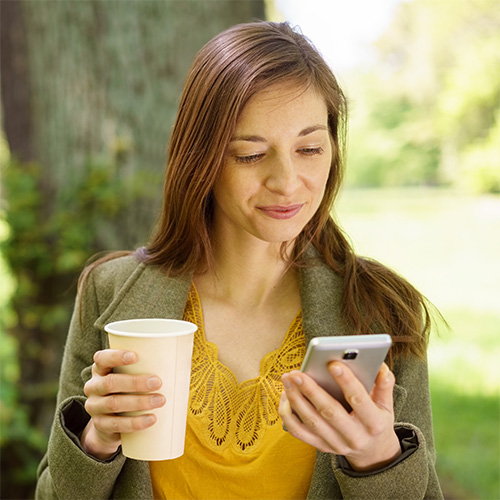
We’re all getting to know the inside of our homes a little better these days. That means more of us are gathered together in crowded spaces as we cook, clean — and make more clutter.
The togetherness can be nice, but older adults may find that more time in home leads to more chances of falling.
Home safety, unfortunately, is often overlooked. The Centers for Disease Control and Prevention reports that most falls happen at home. In fact, 1 out of 3 adults over the age of 60 fall each year.
Every 11 seconds, an older adult is treated in the ER for a fall, and an older adult dies every 19 minutes from a fall, according to the National Council on Aging.
We know that falls can be dangerous. Did you also know that fear of falling and a lack of confidence are proven factors in relating to high incidences of falls? It’s true. So adults need to ensure they feel free to move around their home without worry.
Being hyper aware and implementing changes will make a big difference. So remember this quick list of things you can do to fall-proof your home:
- Keep your floors clutter free.
- Remove small rugs or tape down or secure them.
- Add grab bars in the bathroom.
- Avoid wet floors at all costs.
- Have handrails and lights installed on all staircases. Hold the handrails when you go up or down the stairs. Do you need to carry something up the stairs? Make sure it’s in one hand only while you grip the handrail with your other hand. And don’t let what you are carrying block your view.
- Use nightlights throughout your home.
- Use good lighting all around your house—especially at the top and bottom of stairs and at each end of a hallway.
- Keep your phone and a flashlight next to your bed.
- Sofas and chairs should be the right height for you to get in and out of comfortably.
- Know where your pet is at all time! Our little friends are easy to trip over.
- Keep emergency numbers nearby or invest in your own medical alarm.
Once you have made your home a confident space to move around in, you can work on walking and taking more laps within the hallways. Sometimes I have patients stand while commercials are on or march in place or practice sit-to-stands so they get exercise between shows.
Even if you are an active adult and play tennis and golf regularly, you are can still fall in a cluttered and dark home. The checklist can apply to anyone, so make sure you go over it with your family.
If you have a question about your balance or your home safety checklist contact the balance experts at rehabservices@leeheath.org.
Diana Rippl, MSPT, NCPT, is a board certified specialist in Orthopedic Physical Therapy and a nationally certified Pilates instructor. She is also the manager of Lee Health's Outpatient Rehabilitation Services.

